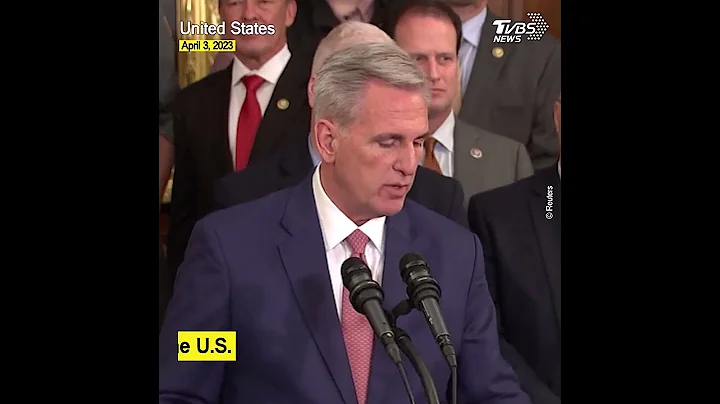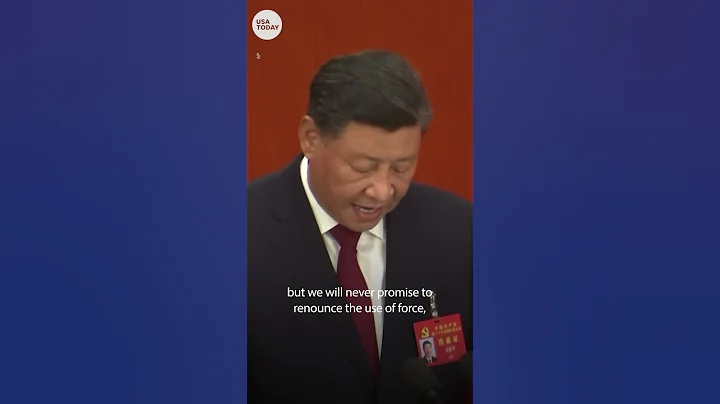Financial News Agency (Shanghai, Editor Xiaoxiang) News, the indicator 10-year U.S. bond yield rose for the seventh consecutive trading day on Monday, once again breaking through the 1.80% mark during the session, but fell back after entering the New York session. Currently, investors are increasingly expecting that the Federal Reserve will soon begin to tighten policy and raise interest rates as early as March. Wall Street investment banks have generally raised their forecasts for the number of interest rate hikes this year to four.
market data shows that the benchmark 10-year U.S. bond yield rose 0.9 basis points overnight to 1.778%. It had earlier touched 1.808%, the highest since January 21, 2020. The 10-year U.S. Treasury yield has risen for seven consecutive days, the longest rise since April 2018, when it rose for eight consecutive days. Last week, it also recorded its largest weekly gain since September 2019.

U.S. bond yields in other cycles were mixed overnight, with short- and medium-term Treasury bond yields rising one after another and the yield curve narrowing. As of the end of the New York session, the 2-year U.S. bond yield rose 3.6 basis points to 0.910%, the 5-year U.S. bond yield rose 2 basis points to 1.519%, and the 30-year U.S. bond yield fell 2.7 basis points to 2.089 %.
Judging from the trend throughout the day, the overnight increase in the benchmark 10-year U.S. bond yield was mainly concentrated in the Asia-Europe session. After entering the New York session, it began to fall from its high level. The overall upward trend has slowed down compared to last week. Last week, the benchmark 10-year U.S. Treasury yield rose by about 25 basis points, the largest weekly increase since September 2019.
This also helped to a certain extent that the Nasdaq finally recorded an amazing V-shaped rebound overnight. The Nasdaq once fell more than 400 points or 2.7% on Monday morning, reaching as low as 14530.23 points, but miraculously rebounded and closed higher at the close. The Nasdaq 100 Index recorded its largest intraday rebound since March 23, 2020.
Jim Barnes, head of fixed income at Bryn Mawr Trust, said: "The market seemed to be a little stagnant on Monday and just continued last week's trend. We will either reconfirm the current trend when Powell speaks tomorrow, or it may go in the opposite direction. Development. The increase in (U.S. bond yields) over the past week has been quite large, and I think to a certain extent it is overdone. Of course, we also understand that the Fed is hawkish at the moment and they may even raise interest rates four times this year. "
The market is betting that the Federal Reserve will raise interest rates four times this year.
In the market on Monday, calls from industry insiders that the Federal Reserve may raise interest rates four times this year are indeed beginning to grow. Data from the interest rate swap market shows that the Federal Reserve is likely to raise interest rates by 88 basis points before the end of this year. A tight labor market and rising inflation have fueled expectations that the Federal Reserve will become more aggressive in raising interest rates and shrinking its balance sheet.
Wrightson ICAP chief economist Lou Crandall said, "The Fed is likely to be forced to be more aggressive during this cycle. You may see the need for more hawkish policy in response to rising wage and inflation data."
Goldman Sachs, JPMorgan Chase and Deutsche Bank have both released their latest research reports in the past few days, predicting that the Federal Reserve will raise interest rates at least four times in 2022, which is more than the three widely believed by the market and reflected in the Fed's dot plot since the end of December. many.

Brad Bechtel, global head of foreign exchange at Jefferies, said in a report, "After the release of the NFP (non-farm payrolls report) last Friday, many sell-side companies revised upward their forecasts for the Federal Reserve. With the unemployment rate below 4%, Next, the Fed may announce that their work on employment is 'done', which does pave the way for a potentially faster period of tapering."
Market traders are also increasing their bets on the Fed raising interest rates in March. Note that they have piled into federal funds rate futures for delivery in February, and open interest has surged. The contract, which expires on February 28, is of interest because it is the last federal funds rate futures contract to expire before the Fed's March 16 interest rate decision.
As of Friday's close, the contract had more than 200,000 open positions, with a notional value of more than $1 trillion. This is the most among all maturities ending in June 2023.Selling appeared again in early trading in New York on Monday, with one transaction volume of 15,588 units and a nominal value of US$78 billion.

Powell's highly anticipated testimony tonight is
Looking ahead, Federal Reserve Chairman Powell will testify before the Senate Finance Committee on his re-election nomination on Tuesday. Although the transcript of his testimony for this trip to Capitol Hill has been released in advance overnight, the real highlight may still be his "on-the-spot performance" tonight - in response to the Federal Reserve's most drastic policy tightening in decades, Powell is set to face grilling from Senate lawmakers.
The hearing will start at 23:00 Beijing time tonight. Although the 68-year-old Powell enjoys widespread support from both the Democratic and Republican parties and is expected to be easily confirmed, members of the Senate Banking Committee are expected to use this hearing to ask him many current and sensitive issues-from When to start raising interest rates, when to start shrinking balance sheets, how to treat the current spread of Omicron, to whether to adopt bank capital standards tied to climate risks, etc.
Tom Porcelli, chief U.S. economist at RBC Capital Markets in New York, said, "Congressmen's eyes are expected to be focused on the state of policy and his views on the direction of policy, and the off-election year state election held two months ago really showed that. "It highlights the importance of inflation and highlights the sensitivity of lawmakers to the cost of living ahead of the November midterm elections."
Some industry insiders said that although the possibility of raising interest rates in March is increasing, Powell made it clear on Tuesday. Guidance may still be premature. Aneta Markowska, chief financial economist at Jefferies in New York, said that is especially true as the wave of coronavirus infections sweeps across the United States and brings its impact.
Another question Powell is likely to be asked is when and how policymakers will shrink the Fed's $8.8 trillion balance sheet. San Francisco Fed President Mary Daly said on Friday that the Fed may choose to start this process after one or two rate hikes. That timeline would be significantly earlier than the 2015-2018 tightening cycle, when Fed officials waited nearly two years after first raising interest rates before beginning to shrink their balance sheet.
Regarding the above-mentioned sensitive topics, Powell's testimony transcript released in advance overnight did not give any clear answers. Powell simply reiterated, "The Fed remains firmly committed to its statutory goals of maximum employment and price stability. We will use our tools to support the economy and a strong labor market and prevent higher inflation from becoming entrenched.





















